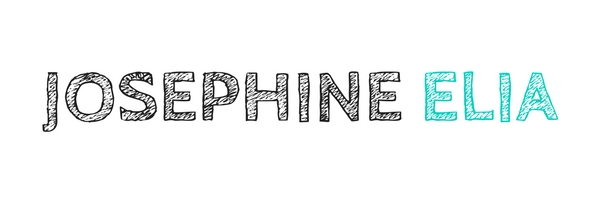Between Jerusalem and Athens is a 7-part essay series on worldviews.
Since last year, I’ve been thinking about meta-questions: What caused us to think in a certain way? Where did ideas—those I subscribe to and those I don’t understand—come from? What influenced the prevailing thoughts in a given society? What are their strengths and shortcomings?
You may say it’s an exercise of intellectual empathy, an attempt to understand others and myself, and to learn the vocabularies by which we can converse across different worldviews.
Between Jerusalem and Athens as a title represents this cross-cultural look at the world, which is probably more a reflection of me than of the world itself. Jerusalem and Athens are not to be interpreted as two ends of a spectrum—the ideas in this series of essay extend beyond these—but as an analog of the cultural blends that shape my thinking. Jerusalem is an analog of the East, although there are many versions of “East”, which influences me through my heritage, birthplace, faith, and early education. Athens is an analog of the West, the intellectual culture inherited from ancient Greece, in which my life and work are immersed. Between Jerusalem and Athens is also a tribute to Abraham J. Heschel, whose writings have opened up new horizons in the way I see faith and spirituality—a peek into the philosophy of Judaism.
The 7 essays in this series, split into 9 posts, are descriptions of the world through my lens. Looking around, I see a siloed world—academically, in the workplace, spiritually, personally, in public service, media—segmented based on certain artificial categorizations. In many cases, these categories and classes have helped us focus, analyze, and make much progress as a species. But they are not without downfalls, as the categorizations may turn into barriers, dividing people. These essays are my response to the strengths and weaknesses of this approach, and my quest to find solutions by exploring other worldviews.
When A Single Narrative Is Not Enough
On avoiding single-mindedness and telling a one-sided story. “The danger of a single narrative comes when it is accepted in pure disregard of other possible narratives, solely labeling something as good or bad without acknowledging the alternative.”
From the Equad to the World
On the silos of knowledge that prevent communication and collaborations across artificial barriers that are much needed to solve complex real world problems. This is a vote for multidisciplinary thinking, the widening of the scope of our thinking beyond conventional academic categorizations.
Engineering With Soul: A Spiritual Dimension to Work
On the separation between the mind, body, and soul—the components that make up our humanity—that causes an unfulfilling life. Addressing the need for a balanced development on all aspects of our being.
Wonder and Fear: Thinking Two Thoughts at Once
On the reality that two seemingly contradicting experiences can coexist at once. A precursor to the last essay below.
Asian and Western Minds, Part 1: Why They Differ
Asian and Western cultures are descendants of two different ancient philosophies, namely the ancient Chinese and Greek cultures, respectively. This essay is on the core principles of each culture and how they affect today’s societies.
Asian and Western Minds, Part 2: How They Differ
This post highlights the key findings of Richard Nisbett’s social psychology experiments, observations on how specifically Asian and Western minds differ.
A Child of East and West, Part 1
The chronicle of an Indonesian in America. This is the story of my upbringing in the East and my cultural experiences after moving to the West.
A Child of East and West, Part 2
Continuing the story with my life in the West and the re-discovery of the East.
Theoretical Dichotomies: When Either-Or Thinking Gets You Nowhere
When a paradigm categorizes things too much and has difficulties reconciling paradoxes. Real life is messier than theoretical analyses.
There is a book that I return to many times, titled Education by the insightful Ellen White. Its profound first paragraph never fails to strike me every time I read it, and it serves as inspiration for the essays above. It is an argument for a life of learning that is wide is scope, multidisciplinary, practical, and well integrated. This, to me, is the perfect way to end this series.
Our ideas of education take too narrow and too low a range. There is need of a broader scope, a higher aim. True education means more than the pursual of a certain course of study. It means more than a preparation for the life that now is. It has to do with the whole being, and with the whole period of existence possible to man. It is the harmonious development of the physical, the mental, and the spiritual powers. It prepares the student for the joy of service in this world and for the higher joy of wider service in the world to come.
Image credit: FreeImages




Trackbacks/Pingbacks